Understanding Teardrop vs Round Breast Implants
If you were to take a look at a natural breast on someone’s body, you’d notice right away that it’s not perfectly round. In fact, in many ways, when the individual is standing normally, it will take on a teardrop shape.
On the other hand, many women (and men) prefer a rounder boob shape, with a fuller upper pole.
Round … and teardrop shaped boobs. These are, in fact, the two options you have when it comes to choosing breast implants.
But don’t get the idea that choosing between teardrop vs round implants is easy!
Below, we’ll discuss the pros and cons of both silicone implants option, including how to determine what’s right for you when deciding between round and teardrop implants.
Teardrop Breast Implants vs Round
Let’s start by discussing round implants.
A round implant is, as the name suggests, totally round when you lay it flat on the table. It has an evenly curved surface and a flat base. It is the same distance top to bottom as it is from side to side — perfectly round.
Now, let’s take a look at teardrop silicone gel implants. If you were to lay a teardrop breast implants on a table, you would notice that one side would be taller than its opposite side. Now, if you would lift the implant up by the thinner side, you would see that, when examined from a profile view, the teardrop implant takes on a teardrop shape.
Basically, a teardrop silicone implants is thicker on the bottom, which resembles a more natural breast shape.
Pros and Cons of Round Implants vs Teardrop Implants in Breast Augmentation
One benefit of round breast implants for breast enlargement is that you get more upper pole fullness. Plastic surgeons will talk about the “upper pole” and “lower pole” of the breast. Basically, the upper pole is the top half of the breast, and the lower pole is the bottom half of the breast.
Every individual is different, and everyone will have a different level of fullness on both poles. If you have more fullness on the bottom but are quite hollow on the top of your breast (the upper pole), a round implant may give you more volume there than a teardrop breast implants would.
Likewise, many people like round implants because they tend to be safer overall, and they also don’t cause any problems if they rotate. This is simply because a round silicone implant is perfectly symmetrical on all sides. So, if it rotates, it’s always going to look the same within the breast implant pocket.
The somewhat bad news about a round implant is that it doesn’t really lift the nipple. So, if you have nipples that tend to sag and point downward, a round implant is not going to help this issue as much as a teardrop breast implants would.
Teardrop silicone gel implants, likewise, are known for providing a more natural appearance by emphasizing the fullness on the lower pole of the breast. They are good for rather slim women who aren’t starting off with a lot of natural breast tissue and who especially don’t have much breast tissue on the lower pole.
Teardrop implants can help push out and stretch out this lower pole for a fuller, more natural shape.
One problem, however, as noted above, is that teardrop implants can sometimes rotate within the breast pocket. If this happens, it is noticeable at once and can look very odd. Unfortunately, it also sometimes requires surgery to correct.
What Is the Best Breast Implant Shape?
There really is no best breast implant shape for breast augmentation. Whether it’s a round breast implant or a teardrop (anatomical implants), it all comes down to the individual. More specifically, it comes down to two things:
- The patient’s anatomy prior to surgery — their breast shape, the width of their chest and overall frame size, and the nature of their breast tissue
- The patient’s goals — how they want their breasts to look after surgery
Because there are so many variables in regards to both of these points, it’s difficult to provide a prescriptive one-off answer here. Really, the only way to figure out the best breast shape for you and your goals is to schedule a plastic surgery consultation.
By booking a consultation, you can sit down one-on-one with your surgeon and go over how you want your breasts to look, what concerns you want to address, and how you want your lifestyle to be after surgery.
This is simply because some types breast of implants may require more maintenance and possible risks than others. This may be perfectly fine for some people who really want that specific type of implant, but for others, it’s a deal breaker, so they want to find something that is easier and more carefree.
Questions and Answers
What are smooth implants?
Smooth implants are the norm and are employed by most plastic surgeons. These implant shapes feature a sleek surface encompassing the implant.
In contrast, textured breast implants possess a delicate texture encircling them, as implied by their name.
What is better silicone or saline implants?
Both varieties of implants offer unique tactile sensations. Silicone implants are meticulously designed to closely resemble the texture of a real natural breast, offering a soft and lifelike touch. Conversely, saline implants typically have a firmer feel, yet in the event of rupture, the body can safely absorb the saline solution.
What are the most natural looking breast in?
Round implants exhibit a uniform texture and form, contributing to a brimming and uplifted appearance of the breasts. Conversely, teardrop implants possess a tapered contour at the upper portion and expand towards the lower part. This design emulates the natural shape of the breast, resulting in outcomes that are more authentic compared to those achieved with round breast implants.
Schedule a Consultation to Learn More
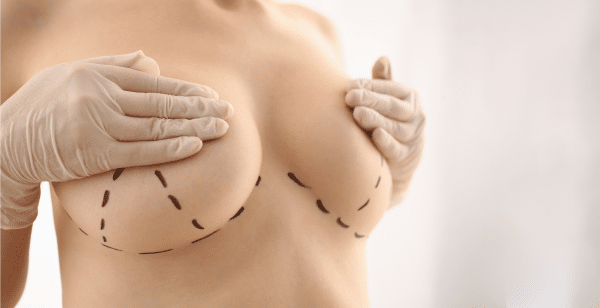
If you are wondering about teardrop breast implants before and after, want to learn more about breast augmentation, and what the best breast implant shape will be for you, call today and schedule your consultation with double board certified plastic surgeon Dr. David Sieber.
References
https://www.plasticsurgery.org/news/blog/which-breast-implant-shape-is-best-for-you



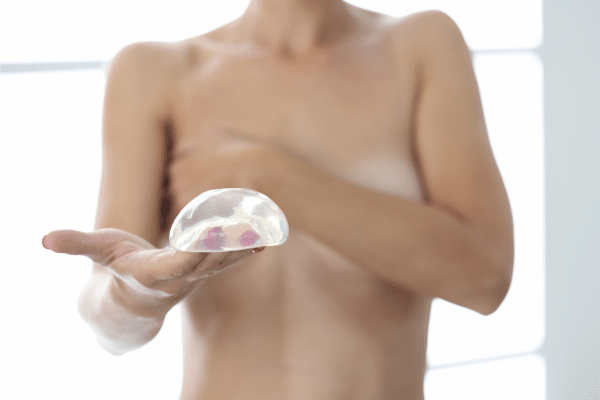
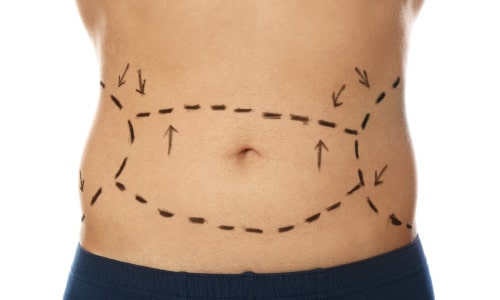
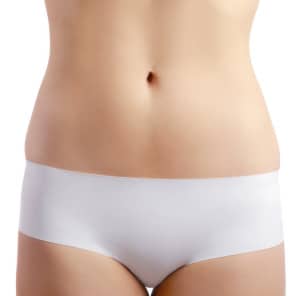
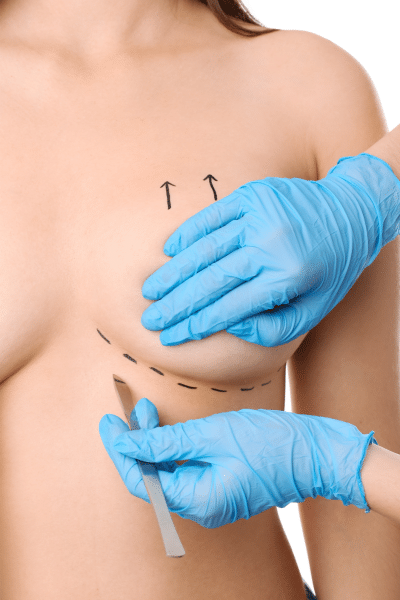 Likewise, breast asymmetry that is a visible difference in breast shape and/or size can cause some women to worry about developing breast cancer too. Fortunately, the response from doctors is overall positive.
Likewise, breast asymmetry that is a visible difference in breast shape and/or size can cause some women to worry about developing breast cancer too. Fortunately, the response from doctors is overall positive. 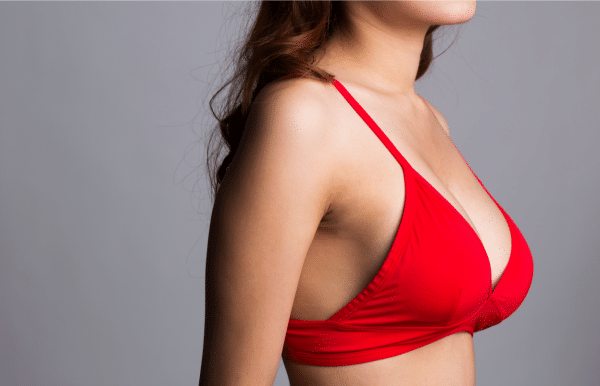
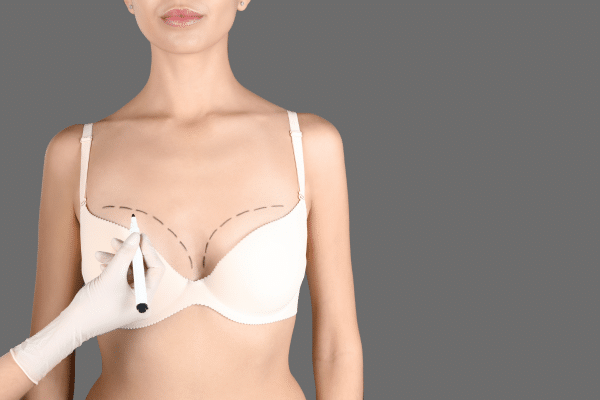 Occasionally, women will go for their annual mammogram and receive results that indicate asymmetrical breasts. This is a cause of concern for many women, who obviously worry that a mammogram results with
Occasionally, women will go for their annual mammogram and receive results that indicate asymmetrical breasts. This is a cause of concern for many women, who obviously worry that a mammogram results with  The good news about most cases of uneven breasts is that the issue can be treated with reconstructive surgery. However, the first thing we always want to do when a patient comes in with uneven breasts is to make sure that there’s not a worrisome underlying cause.
The good news about most cases of uneven breasts is that the issue can be treated with reconstructive surgery. However, the first thing we always want to do when a patient comes in with uneven breasts is to make sure that there’s not a worrisome underlying cause.  WHAT IS A BBL?
WHAT IS A BBL? Questions and Answers
Questions and Answers